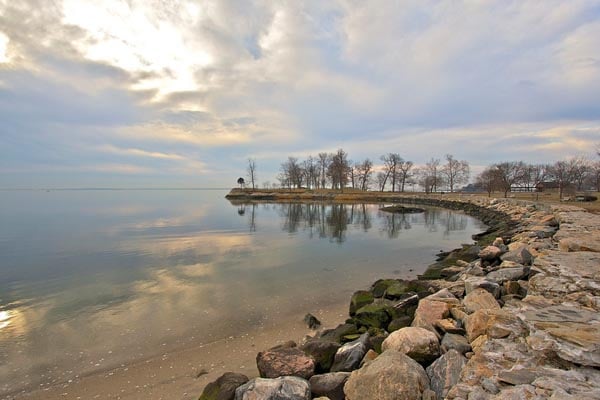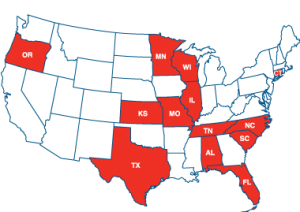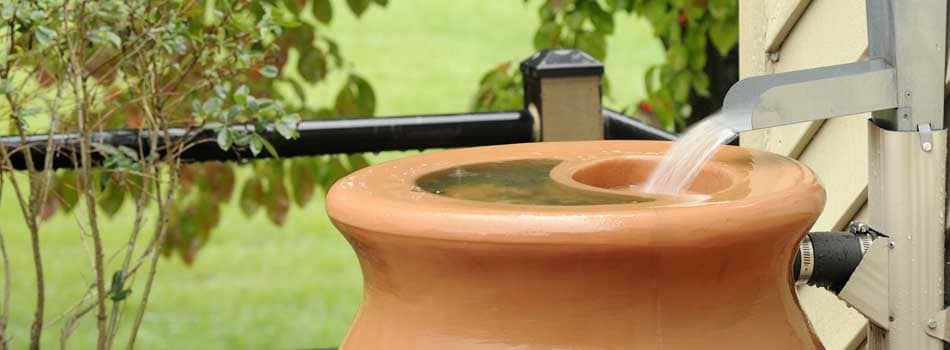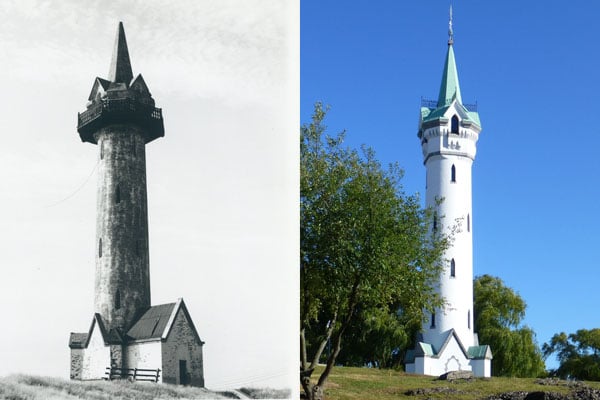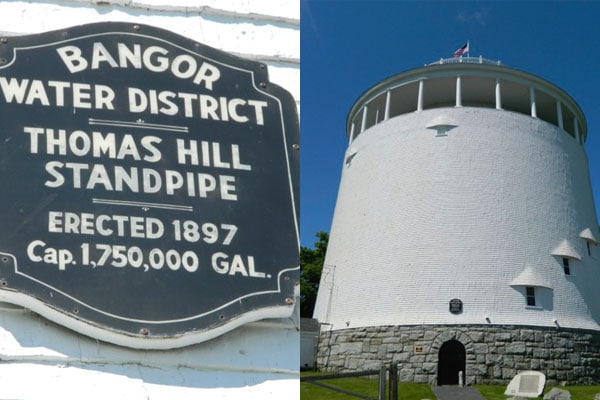 Municipal water and wastewater services require electricity, and lots of it. Drinking water and wastewater systems in the United States account for 3-4% of our nation’s total energy usage and add over 45 million tons of greenhouse gases to our environment each year. High energy costs for water and wastewater utilities are straining municipal budgets and creating unsustainable operating costs, and with prices already on the rise due to increasing regulations and demand, passing energy costs on to consumers simply isn’t a viable option. Drinking water and wastewater treatment plants account for 30-40% of the total energy consumed by municipal governments, making them the single largest energy consumers in the municipal sector. Add to that the fact that energy currently accounts for an average of 40% of operational costs for drinking water systems and is expected to increase to 60% within the next 15 years, and it becomes clear that energy efficiency for water and wastewater utilities is no longer a choice – it’s a necessity.
Municipal water and wastewater services require electricity, and lots of it. Drinking water and wastewater systems in the United States account for 3-4% of our nation’s total energy usage and add over 45 million tons of greenhouse gases to our environment each year. High energy costs for water and wastewater utilities are straining municipal budgets and creating unsustainable operating costs, and with prices already on the rise due to increasing regulations and demand, passing energy costs on to consumers simply isn’t a viable option. Drinking water and wastewater treatment plants account for 30-40% of the total energy consumed by municipal governments, making them the single largest energy consumers in the municipal sector. Add to that the fact that energy currently accounts for an average of 40% of operational costs for drinking water systems and is expected to increase to 60% within the next 15 years, and it becomes clear that energy efficiency for water and wastewater utilities is no longer a choice – it’s a necessity.
But it’s not all doom and gloom. Energy costs for water and wastewater utilities are indeed significant, but they also represent the largest controllable cost of providing water and wastewater services. Studies have estimated that 15-30% energy savings is readily achievable through cost-effective efficiency measures in water and wastewater plants, and that utilities can realize significant financial returns with a payback period from only a few months to about five years.
 Very often, utilities can save substantially by increasing the efficiency of pumps and aeration equipment at water and wastewater treatment plants. In addition, operational changes such as proactively shifting energy usage away from peak demand times where electricity is most expensive, or generating electricity and heat from biogas, can greatly reduce energy usage. Water and wastewater utilities are not typically designed and operated with energy efficiency as a primary objective, as more pressing concerns such as regulatory requirements, capital expenditure, reliability, and securing funding typically take precedence. However, it is important not to overlook these systems when communities fund energy improvement projects, as significant energy and monetary savings can be realized through operational changes and capital improvement projects. And these savings make a big difference. Even a 10% energy reduction in our nation’s drinking water and wastewater systems would save about $400 million and five billion kWh annually, greatly reducing both the financial burden currently plaguing water and wastewater utilities as well as our impact on the environment.
Very often, utilities can save substantially by increasing the efficiency of pumps and aeration equipment at water and wastewater treatment plants. In addition, operational changes such as proactively shifting energy usage away from peak demand times where electricity is most expensive, or generating electricity and heat from biogas, can greatly reduce energy usage. Water and wastewater utilities are not typically designed and operated with energy efficiency as a primary objective, as more pressing concerns such as regulatory requirements, capital expenditure, reliability, and securing funding typically take precedence. However, it is important not to overlook these systems when communities fund energy improvement projects, as significant energy and monetary savings can be realized through operational changes and capital improvement projects. And these savings make a big difference. Even a 10% energy reduction in our nation’s drinking water and wastewater systems would save about $400 million and five billion kWh annually, greatly reducing both the financial burden currently plaguing water and wastewater utilities as well as our impact on the environment.
But where to start? The first step towards making informed decisions that result in the highest return on investment (ROI) in the shortest amount of time is an energy audit. Since 2008, EPA has been actively working with water and wastewater utilities to help them become more efficient and to reduce operational costs, and one of the key steps in their process is an energy audit. A quality water and/or wastewater energy audit should focus on energy efficient equipment replacement, operational modifications, and process control that will lead to improved efficiency and cost savings with the shortest possible payback period, and includes processes such as conducting on-site observations, testing existing systems and equipment, monitoring power usage and costs, and developing strategies to limit demand charges.

As an example, Tata & Howard conducted an energy audit on the water production assets and distribution system of the Kachina Village Improvement District (KVID) in Arizona. During the course of the study, the well pumps and booster pumps were evaluated relative to their efficiency while the operational practices of the distribution system were reviewed. The results of the study indicated that the pump efficiencies ranged from 27% to 60%, and it was recommended that the KVID replace several low performing pumps. The cost of the upgrades was $136,000 and the project would be eligible for a $20,000 rebate from Arizona Public Service (APS). With the upgrades, KVID would save approximately $23,000 in annual power costs, resulting in a projected ten-year savings of $114,000 and a payback period of five years.
For new construction, it is imperative to choose a design firm with clear experience in designing energy efficient projects, as the design phase is the absolute best time to think about energy efficiency as well as renewable energy options. A plant that is designed with energy efficiency and renewable energy from the beginning has the potential to actually produce more energy than it uses.
Allocating the resources and time to conduct an energy audit and implement the required capital improvements and operational changes can produce significant benefits. Energy audits can pinpoint the most energy-consuming equipment, detect issues with aging equipment, and expose operational issues, as well as determine which upgrades would result in the best ROI. The result is a well-defined, defendable plan of action that will result in optimal energy savings.
www.epa.gov
www.esmap.org
www.nrel.gov
www.ase.org
www.mass.gov







